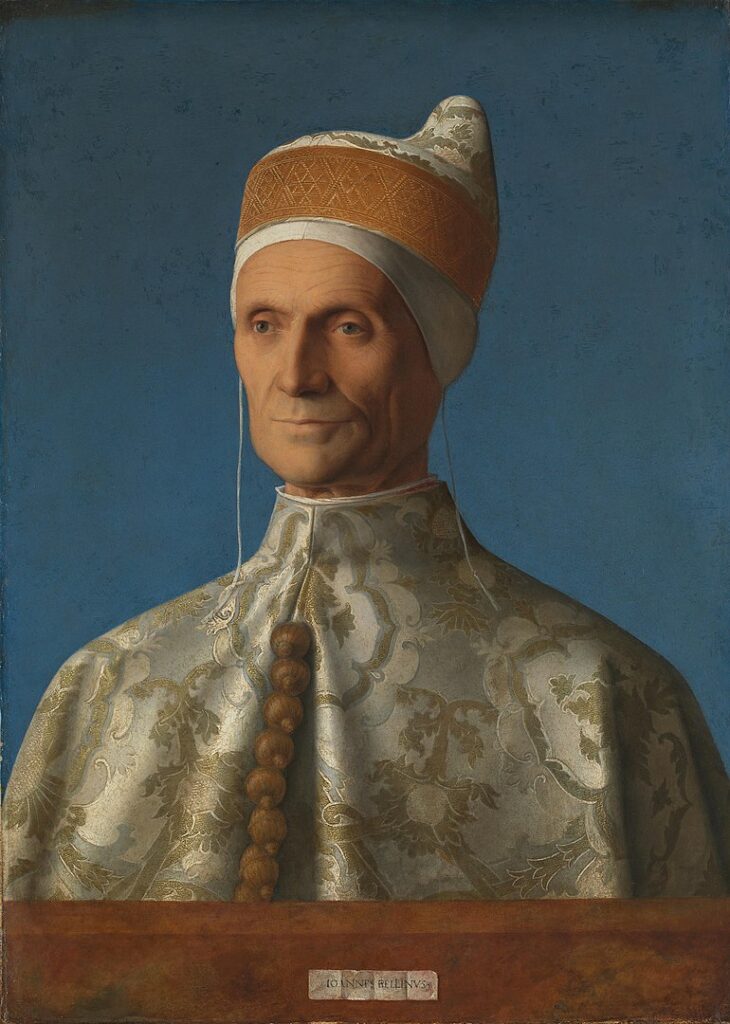How Venice Became Rich

In the dangerous, chaotic centuries after the fall of the western Roman Empire there was safety to be found on the little islands hidden among twisting waterways and shifting channels. No city is as much a product of its geography as Venice. Set on islets and mudbanks in the lagoon, the lagoon is itself sheltered and protected from the Adriatic Sea by a long ribbon of narrow islands, including the Lido and Pellestrina. Cut off from mainland Italy by almost impenetrable marshes, Venice provided both home and refuge, but at a price. For through the Middle Ages and on into the Renaissance, wealth was the product of land ownership: the rich and the powerful were the great landowners. Land produced food and supported men, in particular the soldiers required to cement power. But almost all of Venice was water. The peril for the people who had taken refuge in the lagoon was that they had traded peril for poverty.
With no agricultural hinterland and no natural resources other than fish and salt, the Venetians had no choice but to trade. Which was where their island homes came in: for having to learn the ways of the sea in order to exist, they turned their mastery of ships into their fortune. The Venetians lived by and for trade. Everything was done for the honour and profit of the Republic – and if it came down to a choice, then profit won every time. The Venetians had no choice but to rely on their wit and their skills if they were to earn their living amid the competing, often violent, kingdoms that surrounded the Mediterranean. Such was their success in doing so that other peoples looked on them with amazement and considerable suspicion. But the Venetians did not care, so long as it brought honour and profit to their city.
1 Comments
Leave a Reply
Nice article, thanks for sharing